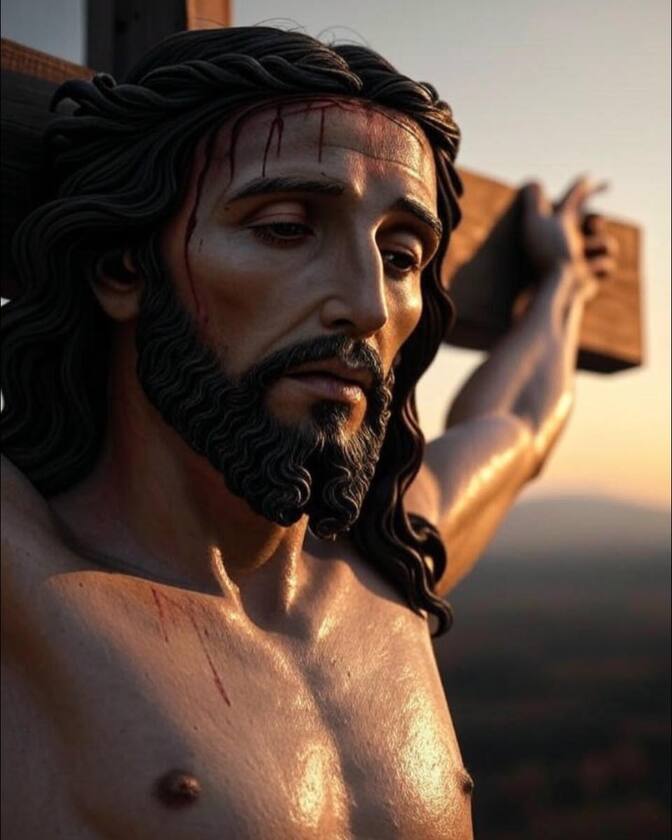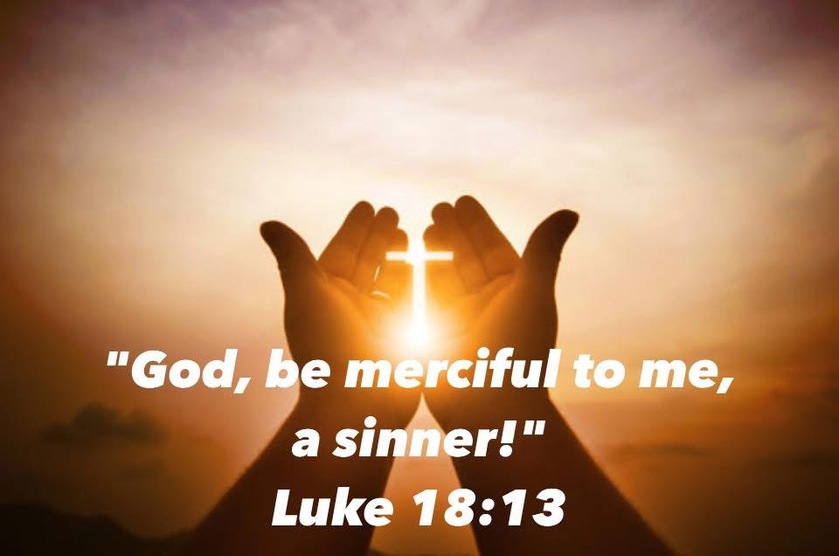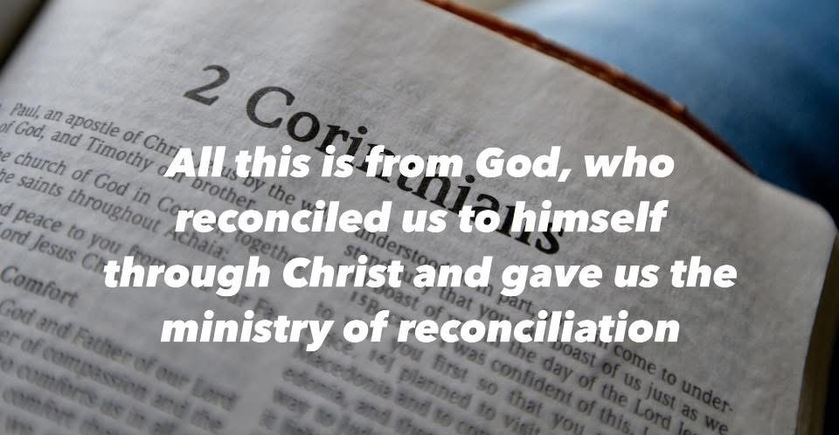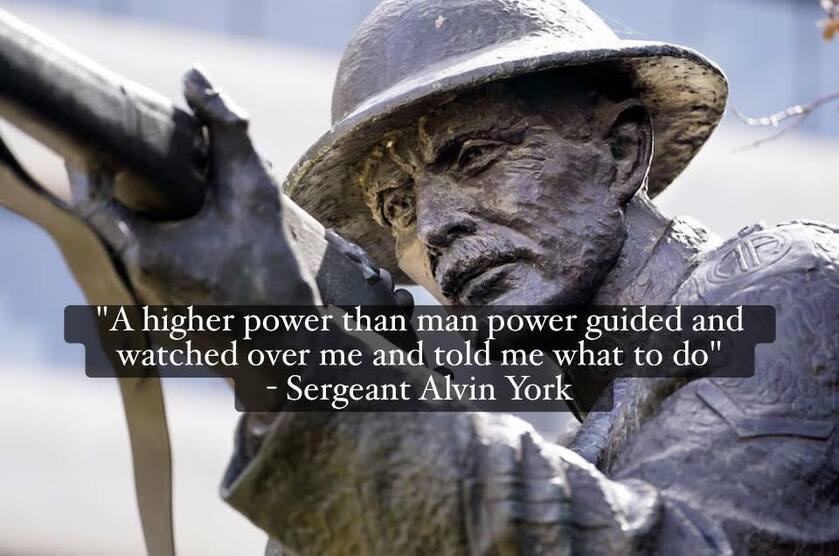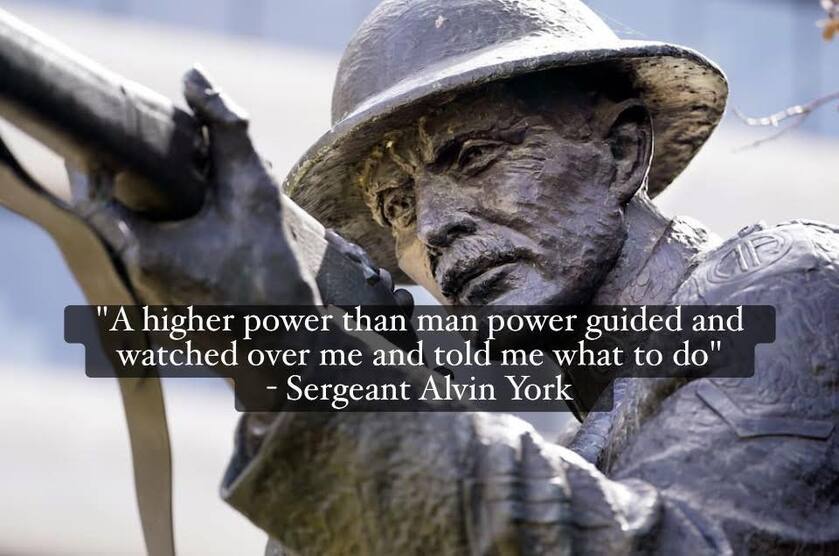Ancient Prophecies Fulfilled on the Cross: Unveiling God’s Heart for You
John 19:24
so they said to one another, "Let us not tear it, but cast lots for it to see whose it shall be."
This was to fulfill the Scripture which says,
"They divided my garments among them, and for my clothing they cast lots."
John 19:28-29
After this, Jesus, knowing that all was now finished, said (to fulfill the Scripture), "I thirst." A jar full of sour wine stood there, so they put a sponge full of the sour wine on a hyssop branch and held it to his mouth. When Jesus had received the sour wine, he said, "It is finished," and he bowed his head and gave up his spirit.
The soldiers’ decision to cast lots for Jesus’ seamless tunic, rather than tear it, fulfills Psalm 22:18:
"They divide my garments among them, and for my clothing they cast lots."
This detail is striking for several reasons:
John highlights this to show that even the soldiers’ seemingly mundane actions were part of God’s sovereign plan, reinforcing His identity as the promised Messiah. The seamless tunic may symbolize Jesus’ unity or priestly role, as the high priest’s garment was similarly seamless (Exodus 28:31-32). It’s a reminder that nothing is accidental in God’s redemptive plan.
Jesus, aware that all was now accomplished, says,
"I thirst,"
fulfilling Psalm 69:21:
"For my thirst they gave me sour wine to drink."
The soldiers’ act of offering sour wine (a cheap, vinegar-like drink) on a hyssop branch echoes this prophecy. Hyssop is also significant, as it was used in Passover rituals (Exodus 12:22), tying Jesus’ death to the Passover lamb.
After receiving the sour wine, Jesus declares, “It is finished,” (tetelestai in Greek) and he dies. This fulfills all that the Scriptures foretold about His atoning sacrifice.
Isaiah 53:4-6
Surely he has borne our griefs and carried our sorrows; yet we esteemed him stricken, smitten by God, and afflicted. But he was pierced for our transgressions; he was crushed for our iniquities; upon him was the chastisement that brought us peace, and with his wounds we are healed. All we like sheep have gone astray; we have turned—everyone—to his own way; and the Lord has laid on him the iniquity of us all.
John’s emphasis on Jesus’ awareness (knowing that all was now finished) underscores His intentional obedience to God’s will. For John’s audience (that's the first Christian people and us), these fulfillments strengthen faith, showing that the cross was not a defeat but a divinely ordained victory.
But the fulfillment of scripture is still not complete.
John 19:32-37
So the soldiers came and broke the legs of the first, and of the other who had been crucified with him. But when they came to Jesus and saw that he was already dead, they did not break his legs. But one of the soldiers pierced his side with a spear, and at once there came out blood and water. He who saw it has borne witness—his testimony is true, and he knows that he is telling the truth—that you also may believe. For these things took place that the Scripture might be fulfilled: "Not one of his bones will be broken." And again, another Scripture says, "They will look on him whom they have pierced."
This passage deepens the theme of Jesus’ crucifixion as a divinely orchestrated victory. The soldiers break the legs of the two criminals crucified with Jesus to hasten their deaths (a practice called crurifragium, which prevented victims from pushing up to breathe, causing asphyxiation). However, finding Jesus already dead, they do not break His legs.
This fulfills Psalm 34:20
"Not one of his bones will be broken."
This Scripture, in its original context, speaks of God’s protection over the righteous. In Jesus’ case, it underscores His identity as the righteous sufferer and, more specifically, the Passover Lamb, whose bones were not to be broken (Exodus 12:46; Numbers 9:12).
Instead of breaking Jesus’ legs, a soldier pierces His side with a spear, causing blood and water to flow out.
This act fulfills Zechariah 12:10:
"They will look on him whom they have pierced."
Applied to Jesus, it points to His death as the source of salvation and the moment when humanity gazes upon the crucified Messiah.
Theologically speaking, his death on the cross and specifically being pierced in the heart symbolizes the life and cleansing that flow from His sacrifice, blood for atonement (Hebrews 9:22) and water for purification or the Spirit (John 7:38-39). This imagery evokes sacramental themes for those who believe they need atonement for their sins.
The unbroken bones and the piercing fulfill distinct prophecies, showing that God’s plan extends to every moment of the crucifixion, even post-mortem.
The precision of all these many prophecies being fulfilled, written long before crucifixion or Roman rule, invites awe at God’s sovereignty. The crucifixion narrative, as recorded in all four Gospels (Matthew 27, Mark 15, Luke 23, and John 19), is rich with details that early Christians and biblical scholars have long since connected to Old Testament prophecies.
1. Psalm 22:18 (casting lots for garments)
2. Psalm 69:21 (sour wine for thirst)
3. Psalm 34:20 (no bones broken)
4. Zechariah 12:10 (piercing of Jesus’ side)
5. Psalm 22:1 (cry of forsakenness)
6. Psalm 22:7-8 (mocking by onlookers)
7. Psalm 22:16 (piercing of hands and feet)
8. Isaiah 53:5 (pierced for transgressions)
9. Amos 8:9 (darkness over the land)
10. Psalm 69:21 (offering gall with vinegar, first part)
The ten fulfilled Scriptures listed here (and there are others) reveal a divine orchestration that spans centuries, affirming Jesus as the Messiah and the cross as God’s redemptive climax. The precision of these prophecies proves God had a plan.
Ephesians 1:9
"He has made known to us the mystery of his will, according to his purpose, which he set forth in Christ."
This plan, rooted in God’s eternal purpose, centers on the cross, where Jesus’ atoning death fulfills Old Testament prophecies and accomplishes salvation for Jews and Gentiles alike. This is the gospel. And all these fulfillments are a vivid demonstration of what Paul means by "the mystery of his will" being made known.
Just as John’s testimony in John 19:35 ("that you also may believe" ) aimed to foster faith, Paul’s words in Ephesians 1:9 assures believers that God’s will is no longer hidden. All this invites us to see the crucifixion as the revelation of God’s heart. Each revelation, each fulfilled prophecy invites us to reflect in our devotion on how these events reflect God's heart for us. Each prophecy being fulfilled serves as a divine signpost, each revealing an aspect of God’s love, sovereignty, and redemptive purpose.
Reflection:
How does God’s control over the smallest details of the passion on the cross encourage you to trust Him with the details of your life?
Spend a moment gazing on the pierced Christ in your mind. How does His grace invite you to respond?
How does Jesus’ crying out to his father in heaven assure you that God is with you in your darkest moments?
How can Jesus’ humility inspire you to face criticism or rejection with grace?
How does the cross’s darkness remind you of God’s presence in your struggles?
How can Jesus’ silence inspire you to trust God when facing unfair treatment?
How does God’s provision in Jesus’ burial reassure you of His care for you?
How can Jesus’ trust at death encourage you to surrender your fears to God?
Prayer
Lord Jesus, Your cross reveals the heart of God; loving, faithful, and sovereign. Each prophecy fulfilled, from Your pierced hands to Your silent obedience, shows Your love for me. Thank You for making known the mystery of Your will, inviting me to believe. Deepen my faith as I meditate on Your sacrifice and let Your heart shape mine. Amen.

